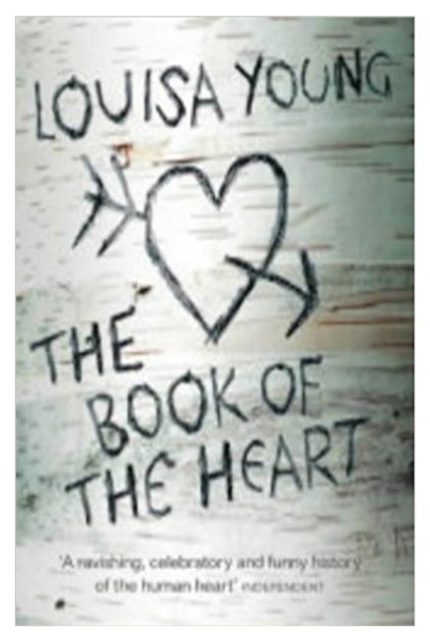The Book of the Heart
Why, when the heart looks, anatomically, like a fleshy whoopie cushion, is it so often portrayed as a scallop-topped, pointy-ended pink emblem with an arrow through and a declaration of love written across it? ‘The Book of the Heart’ is the lavishly illustrated story of the human heart through time and across the world, and divided – like the actual heart – into four chambers: the anatomical, the religious, the artistic and the romantic. The first gives a history of anatomical knowledge of the heart, a factual account of its physical workings, a terrifying summary of diseases, and an overview of cardiac medicine from a Babylonian tablet of 2000BC until the era of transplant surgery.
The second chamber examines the heart as a religious and magical emblem. The Immaculate Heart of Mary, the Wounded Heart of Man, the Cult of the Sacred Heart, and Aztec human sacrifices are among Young’s topics. So, too, is cannibalism, including Mike Tyson’s threat to Lennox Lewis (‘I want to rip his heart out and feed it to him’), and the doom of Sir Charles McCarthy, who ordered his regimental band to play “God Save the King” as a signal to Ashanti warriors to disperse, for which misjudgement his heart was ceremonially eaten on the banks of the Bonsu river.
The third chamber looks at depiction of the heart and their meanings, and includes a heartfelt defence of kitsch in religious art. The fourth chamber celebrates lovers’ heart juxtaposing the prophet Jeremiah with Al Green (‘How can you mend a broken heart?’), and quoting Damien Hirst, Oscar Wilde, the 13th-century Sufi poet Rumi and John Donne, among others. Blondie’s ‘Heart of Glass’, Bruce Springsteen’s ‘Hungry Heart’ and The Yardbirds’ ‘Heart Full of Soul’ jostle on the page with Matthew Arnold and a 15th-century King of Naples.
The book closes with macabre but gleeful notes on the fate of famous people’s hearts. A cat ate Thomas Hardy’s before it could be transferred to Westminster Abbey. Sir Nicholas Crisp’s was put in a monument at Hammersmith, and given a refreshing glass of wine on the anniversary of its entombment – a practice that was continued for 150 years.
‘The Book of the Heart’ inspired the first major exhibition at Wellcome Collection in London in 2007, which included video-linked live heart surgery. Louisa Young was curatorial consultant. ‘Motion of the Heart’, a masque staged by the early-music ensemble eX at the National Gallery in Dublin in 2009, was also inspired by the book.
From the press:
 Published by Flamingo, 2002
Buy it here:
Published by Flamingo, 2002
Buy it here: